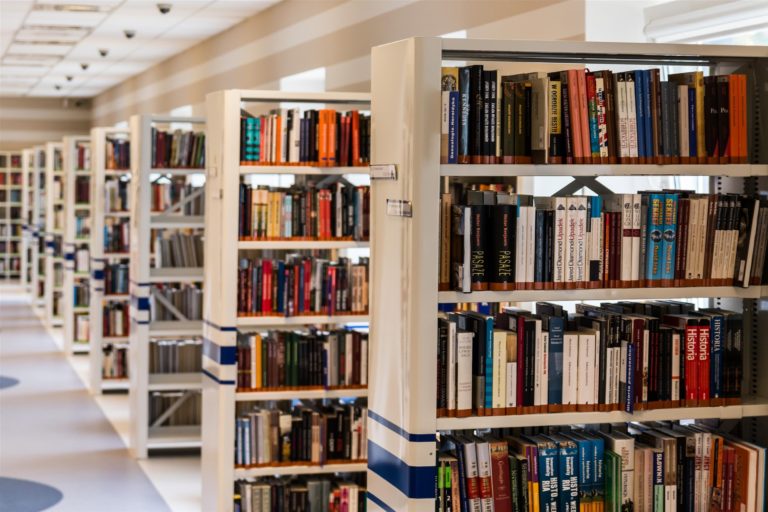Common Data Sets are upon us. In the coming weeks, journalists and academics will begin reviewing each university’s report to compile and assess emerging trends in the college landscape. However, there are several trends that seem to be emerging or continuing from previous years—and they will likely impact the admissions choices made by applicants to the 2030 class.
Waitlist Sizes Are Significantly Increasing—and Fewer Are Being Accepted
Waitlist sizes seem to have increased, continuing a trend from the last few years. For example, the waitlist size increased 10% year-over-year for the class of 2029.
At prominent universities, waitlists have grown in size to several thousand students. The University of Michigan, for example, waitlisted 24,804 students—which is three times the size of the entire freshman class. Of those students, only 937 were admitted, which translates into a 3.9% acceptance rate. That low admissions rate is seen across multiple schools with an increasing number admitting 10% or fewer of waitlist applicants.
Demographics of Admissions Are Changing
In response to recent affirmative action rulings, evolving attitudes towards DEI, and new Department of Education mandates, some college admissions coaches have seen more white and Asian students being admitted to the class of 2029, continuing a trend seen among highly selective universities in the class of 2028.
While much of the exact macro statistical information has yet to be evaluated (if it is released), it’s likely that another trend will continue to increase in the coming year: prioritizing economic diversity. Last year, Amherst College reported a record-breaking number of their incoming class would be first-generation students. Georgia Tech and Brown have also prioritized first-gen student admissions.
Students Are Flocking to the “New Ivies”
As seen frequently in the news over the last year, Ivy League schools have faced a tremendous amount of public scrutiny, which has been used as a justification for federal spending cuts to these and other elite institutions.
These cuts might be part of the reason why other highly selective institutions have seen increased applications. Rice University saw a 13% increase in applications. Vanderbilt and Notre Dame reported record application submissions and historically low admission rates, meaning universities that were seen as “safety schools” for some applicants have also become reach schools in their own right.
Interdisciplinary Interests Are a Priority for Elite Institutions
For years, university admissions departments have prioritized unique, well-developed interests that speak to who an applicant is. While that is still true, there has been a slight shift: Admissions officials now want to see how a student’s interests connect, intersect, deepen one another, and—especially—if they inform professional aspirations. (Cornell has even detailed their focus on these intersectional interests.)
If your student is hoping to apply to highly selective universities, or if they would like to strategize about how to construct a college list, please contact us today and consider signing up for our College Admissions Workshop.





